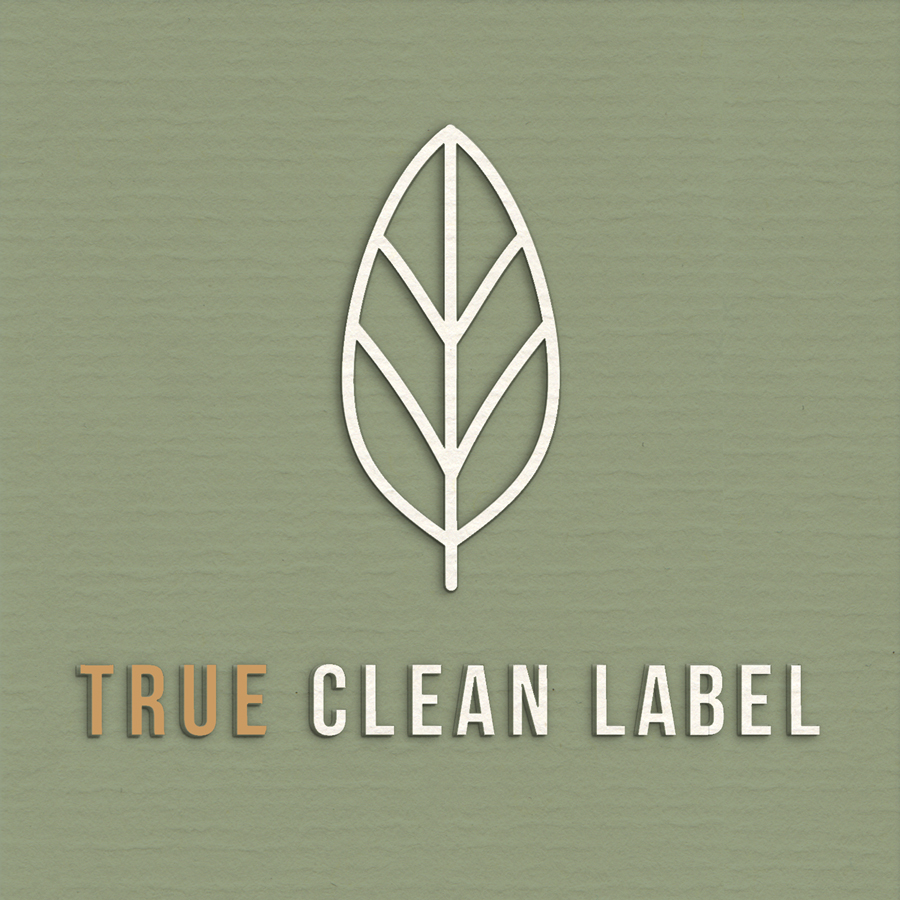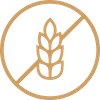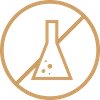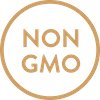The vegan ANTIOX BERRIES protein powder consists of six natural seeds:
Our vegan protein powder ANTIOX BERRIES contains a total of 36% pure plant protein from six natural seeds. The natural combination of all the plant-based fats, vital substances and fibre it contains is supplemented by fibre-rich konjac glucomannan, guar bean fibre and brown linseed oil. The powder is also enhanced with the berries sea buckthorn, blackberry, raspberry, acai, acerola, aronia and bilberry, and is refined with lucuma and organic Ceylon cinnamon.
Brown Rice
Brown rice is a whole grain rice from which only the inedible outer hard husk is removed. The nutrient-rich, brown-pigmented silverskin and germ remain on the rice grain.
Mung Beans
The mung bean (Vigna radiata) is a legume from the Faboideae subfamily. The green, sometimes yellow or black beans have been cultivated and consumed as food for centuries, particularly in India and South East Asia.
Peas
The pea (Pisum sativum) is also a legume in the Faboideae subfamily. This particularly protein-rich vegetable has been cultivated in all cultures for thousands of years.
Pumpkin Seeds
Pumpkins are a large plant genus within the pumpkin family (Cucurbitaceae), whose countless species have been cultivated worldwide for centuries. The flat and asymmetrical-oval pumpkin seeds are particularly rich in vital nutrients.
Sunflower Seeds
The seeds of the sunflower (Helianthus annuus) are particularly rich in monounsaturated and polyunsaturated fatty acids. Botanically speaking, the sunflower seeds, which are still in their hard shells, are achenes. After shelling, the inner edible seed is known as the sunflower seed or heart. The seeds of many sunflower species are eaten worldwide as a snack or as part of meals.
Hemp Seeds
The nutrient-rich, intensely nutty-tasting seeds of the hemp plant (Cannabis sativa) have been used as food in many cultures for centuries. From a botanical point of view, the small, roundish seeds can actually be described as nuts.
Brown Linseeds
The small brown linseed is the fruit of the common flax (Linum usitatissimum), also known as linseed or flax. As one of the oldest cultivated plants, flax is grown worldwide for both fibre (linseed) and oil production (oil flax, linseed, linseed oil).
Lucuma
Lucuma is one of the most commonly grown fruits in Peru due to its pleasant flavour and mild sweetness. Once known as "the gold of the Incas," lucuma was a staple ingredient in the Incan diet. Lucuma is a starch-rich fruit made up of long-chain sugar molecules, known as complex carbohydrates. Metabolised more slowly than short-chain carbohydrates, these complex carbohydrates are advantageous for increasing blood sugar levels and fat burning. Our raw, organic lucuma powder is made from whole lucuma fruits grown in the Peruvian Andes at altitudes of 1500 - 3000m.
Cinnamon
Our 100% pure organic Ceylon cinnamon powder comes from the evergreen true cinnamon tree (Cinnamomum zeylanicum, also Cinnamomun verum). Also known as Ceylon cinnamon or true cinnamon, this variety is considered the world's finest and most aromatic cinnamon variety. Our cinnamon powder is made from the fine inner bark of the cinnamon tree. For this purpose, up to 10 fine layers of the inner bark of the obtained, which are rolled into a closed rod. The finer the individual layers are, the finer the cinnamon aroma unfolds with its naturally light sweetness. Cinnamon contains the valuable cinnamon oil responsible for the unique flavour and other numerous effective components.
Bilberries
The bilberry, or European blueberry, with its eponymous fruit (Vaccinium myrtillus or Myrtilli fructus) belongs to the heather family (Ericaceae). It is native to the temperate climates of northern Europe and Asia and prefers semi-shaded locations such as deciduous and coniferous forests. Its blue colour indicates the high content of secondary plant compounds it contains. Thus, the small fruits contain high concentrations of valuable anthocyanins, tannins and flavonoids, as well as pectins, minerals and vitamins. Our bilberry powder comes from 100% certified organic wild collection in the deep, pristine forests of the Baltic States. For this purpose, only the best and ripest berries are selected and picked by hand.
Blackberries
Blackberries, the fruits of the eponymous shrub belong to the genus Rubus and family Rosaceae and are found mainly in the northern hemisphere, both wild and cultivated. The ripe fruits of the shrub have a dark blue-black colour and are particularly popular for various desserts, pastries, juice or jams due to their juicy-sweet taste. The berries contain valuable secondary plant compounds and various vitamins and minerals.
Raspberries
The raspberry is the fruit of the raspberry bush (Rubus idaeus), which is widespread mainly in Europe and Siberia. It belongs to the genus Rubus and the plant family of the rose family. They were already cultivated in monasteries in the Middle Ages and were highly valued for their juicy-sweet taste. Raspberry fruits contain secondary plant compounds such as flavonoids as well as vitamins and minerals.
Sea Buckthorn
Sea buckthorn berries are the small reddish-orange fruits of the sea buckthorn bush (Hippophae rhamnoides). Originally from Nepal, the plant is now widespread in East and West Asia as well as Central Europe and Scandinavia. Its small fruits are true vitamin bombs: they are known for their high content of vitamin C and are therefore often popularly referred to as the "lemons of the north."
Açaí
The açaí berry is the intensely dark purple fruit of the açaí palm (Euterpe oleracea), which belongs to the cabbage palm family. The berry, which is rich in vital substances, advanced from a nutritious staple food of the Tupi, a population group in Brazil, to a superfood that is valued worldwide. Açaí is rich in antioxidants, vitamins and minerals, including vitamin A, omega-3 fatty acids and the complete profile of essential amino acids. Our organic açaí powder comes from 100% certified organic wild collection in the pristine tropical rainforests of the Brazilian Amazon.
Acerola
The acerola shrub, whose fruits look similar to European cherries (although they are not related), is endemic to Central and South America. Acerola grows mainly along roadsides and rivers but also on dry, rocky mountain slopes at altitudes up to 1600m. The acerola we use is sourced from Brazil, where it is gently freeze dried immediately after harvest.
Chokeberry
The chokeberry (Aroniae melanocarpae), also called black chokeberry, is the fruit of the chokeberry plant from the rose family, originally from North America. Its high content of valuable secondary phytochemicals, including proanthocyanidins and anthocyanins, can be recognised by its dark colour.
According to the European Food Safety Authority (EFSA):
Glucomannan contributes to weight loss in the context of a low-calorie diet
Glucomannan contributes to the maintenance of normal blood cholesterol levels
According to the European Food Safety Authority (EFSA):
Guar gum contributes to the maintenance of normal blood cholesterol levels.

























